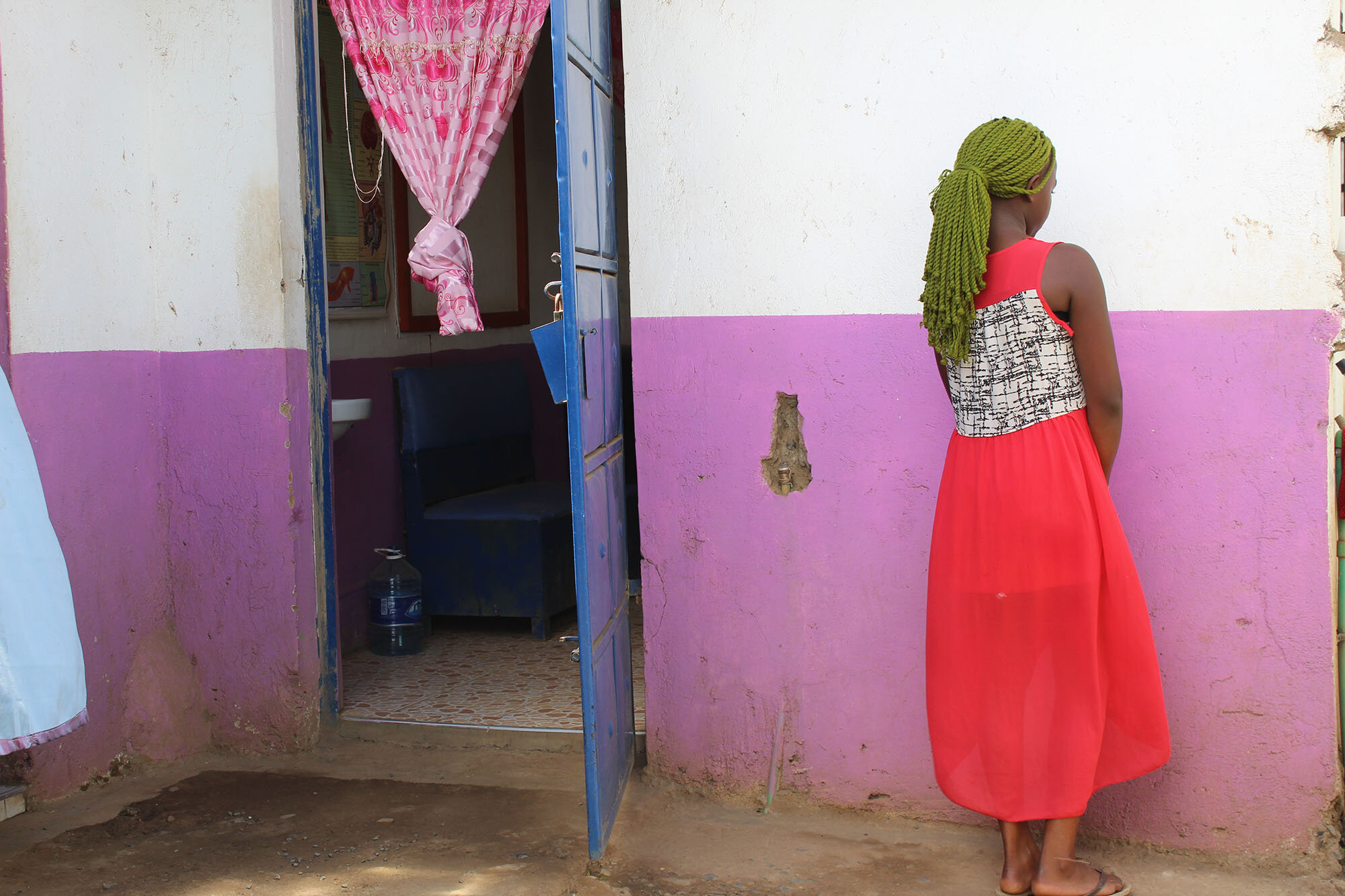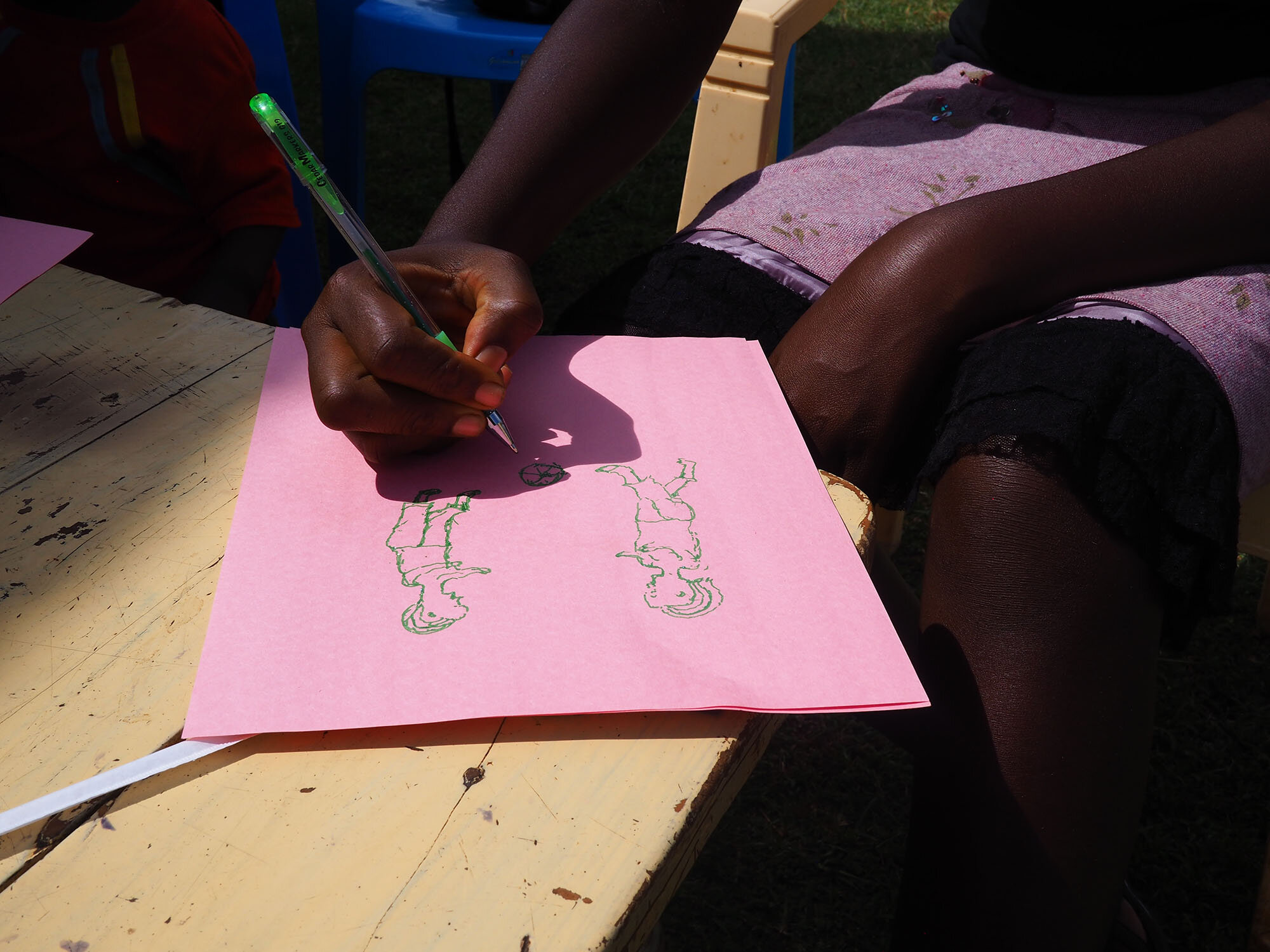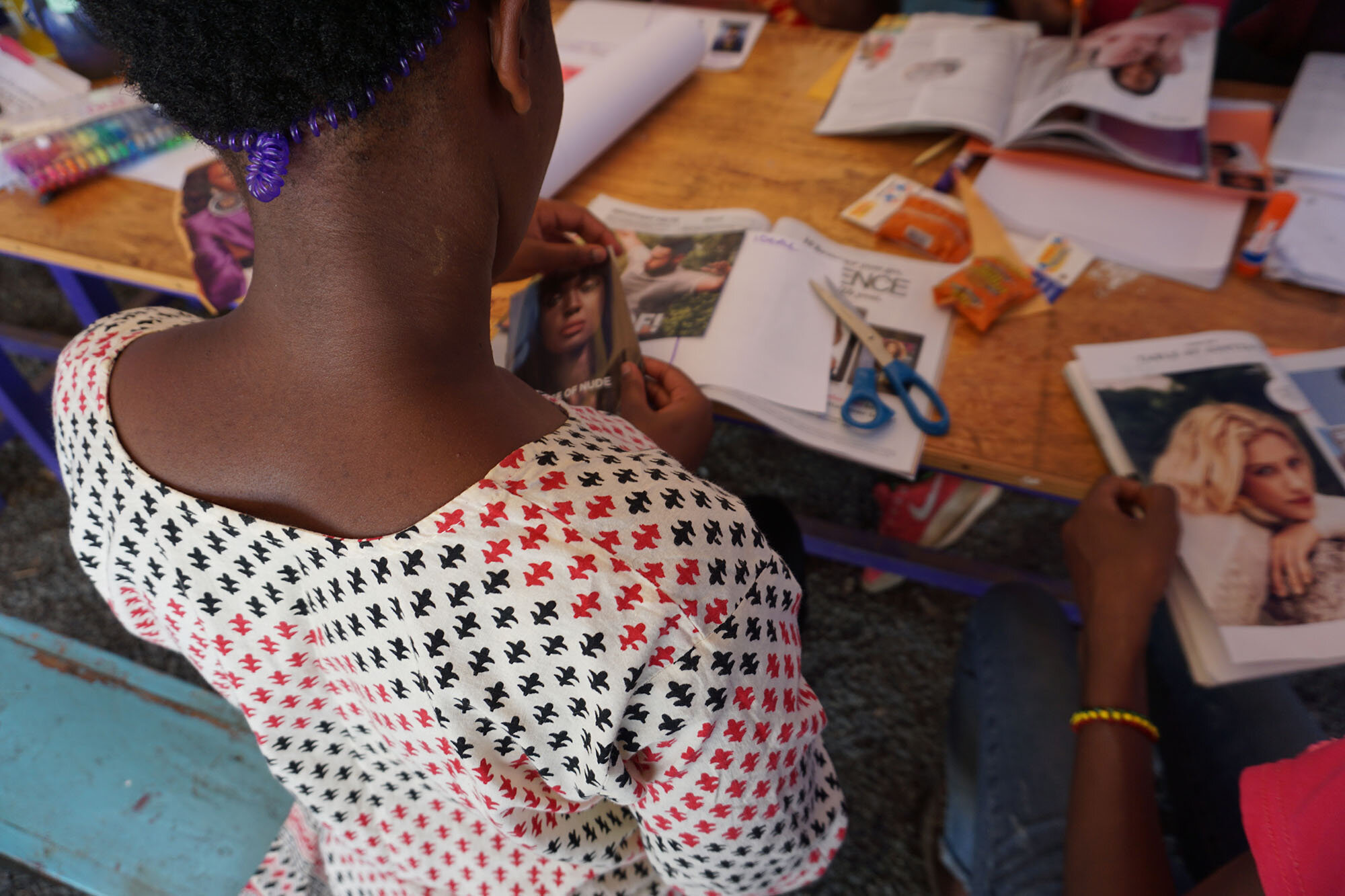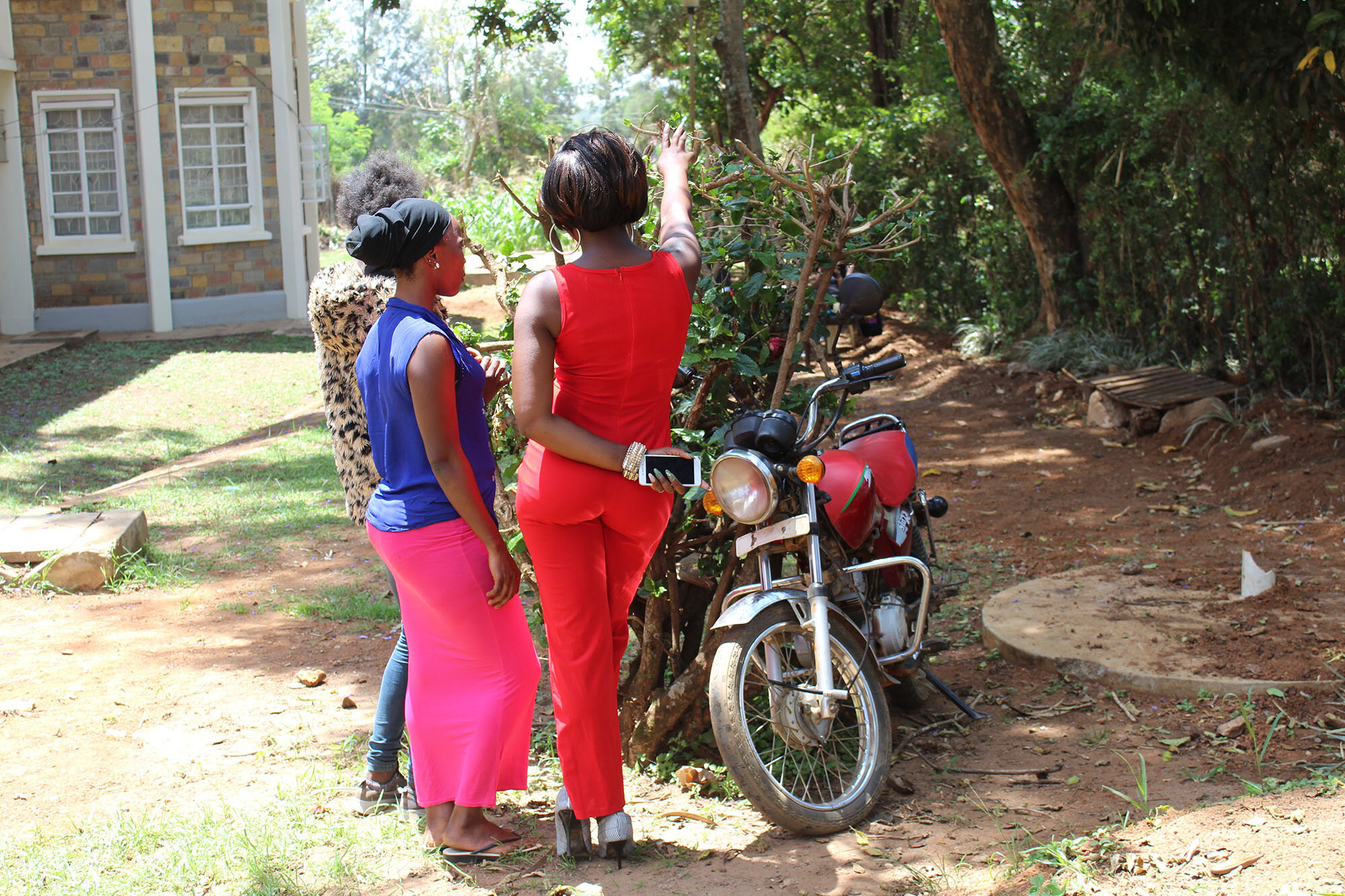Safire
Reducing unsafe abortion among adolescent girls in Nigeria and Kenya
Project:
Safire
Location:
Kenya, Nigeria
Funders:
Children’s Investment Fund Foundation
Partners:
Options Consultancy Services
Category:
Sexual & Reproductive Health
Challenge
Adolescent girls in sub-Saharan Africa are disproportionately at risk of unintended pregnancy. Of the 12.1 million adolescents in the region, only 38% (4.6 million) are using modern contraceptives.
Unsafe abortion remains a leading cause of maternal mortality worldwide but is particularly devastating in sub-Saharan Africa. This region accounts for only 29% of unsafe abortion worldwide, but 62% of all abortion-related deaths.
Early sexual debut increases the likelihood of forced or coerced sex, which undermines adolescent girls’ ability to exert autonomy over their sexual & reproductive health choices and futures.
Furthermore, stigma and discrimination remain tremendous barriers for adolescent girls who wish to access sexual & reproductive health information and services. Very little research has been conducted specifically on their perceptions and experiences of unintended pregnancies in sub-Saharan Africa in general, and in Kenya and Nigeria specifically.
Innovation
We worked in partnership with local community-based organizations in Kenya and Nigeria to understand, design, test, and build a three-pillared intervention to improve awareness, access, and supportive use of reproductive health services, including services to prevent unsafe abortion. Over 536 youth and healthcare providers were engaged in the research, design, and testing process.
The initial Safire intervention was originally designed to compose of three pillars:
Awareness
Research and testing revealed that girls in Kenya and Nigeria had different preferences for how they like to learn about and share information on taboo topics. In Kenya, young girls preferred to learn about health information when it was integrated into more appealing content like stories about sex and relationships. Therefore, in Kenya, we developed a graphic novel that featured storylines about sex, pregnancy, and options for preventing unsafe abortion. It also included embedded interactive activities to support period tracking and a hotline number young people can call to access quality sexual & reproductive health services.
In Nigeria, we learned that girls preferred direct guidance and advice. They would often screenshot and share headlines or stories they’d find on Facebook with friends who didn’t have phones. Based on these learnings, we developed a Facebook page that featured an advice columnist who shared stories and questions submitted anonymously by real Nigerian teens about their sexual health. The columnist would address each question with empathy and connect them to relevant and trusted local health services.
Access
In both countries, young girls craved a supportive and reliable adult who could give non-judgemental and accurate advice. Our team trained and deployed a network of near-peer educators who provided girls with relevant, engaging, and accurate information about sex, relationships, and their bodies. In partnership with a local network of providers, these peer educators were also trained on how to refer girls to a range of SRH services including the prevention of unsafe abortion.
We found that in Kenya and Nigeria, young women saw formal healthcare providers as a last resort. They were perceived as untrustworthy, judgemental, and expensive - which meant that girls would only seek care from a formal provider if they were experiencing severe complications from unsafe abortion. To address this, our team developed a training program for healthcare providers that reinforced the values that were important to girls - discretion, accurate clinical information, and effective products. Once they had completed the training program, providers were given marketing materials to brand their facilities as “Girl Approved” centers and were matched with a near-peer educator for referrals.
Support
Once girls were provided a set of options of how to prevent an unsafe abortion, they still needed comprehensive and accessible instructions on how to monitor the side effects and know when to seek follow-up post abortion family planning and care. We developed simple, visual instructions designed for low-literacy users.
Next Steps
YLabs produced implementation guides, impact indicators, and reproducible design assets in 3 languages for a pilot rollout in Kenya and Nigeria.











